It’s finally happened, China has removed basically all of its COVID-19 restrictions and traveling to destinations such as Hong Kong and foreign countries is on the cards once again.
In this article, we will tell you exactly how to travel to the Hong Kong Special Administrative Region (HKSAR) from the Chinese mainland and back again and also how to travel abroad from Hong Kong (which is usually cheaper than flying from the mainland).
Please note that taking a ferry, train or plane to Hong Kong from the Chinese mainland and back does not require you to book a time slot to cross the border, but you will need a 48-hour PCR test.
The policies surrounding international travel to and from the Chinese mainland and Hong Kong, as well as policies for traveling abroad may change. This article will be updated when new policies are announced.
Quotas
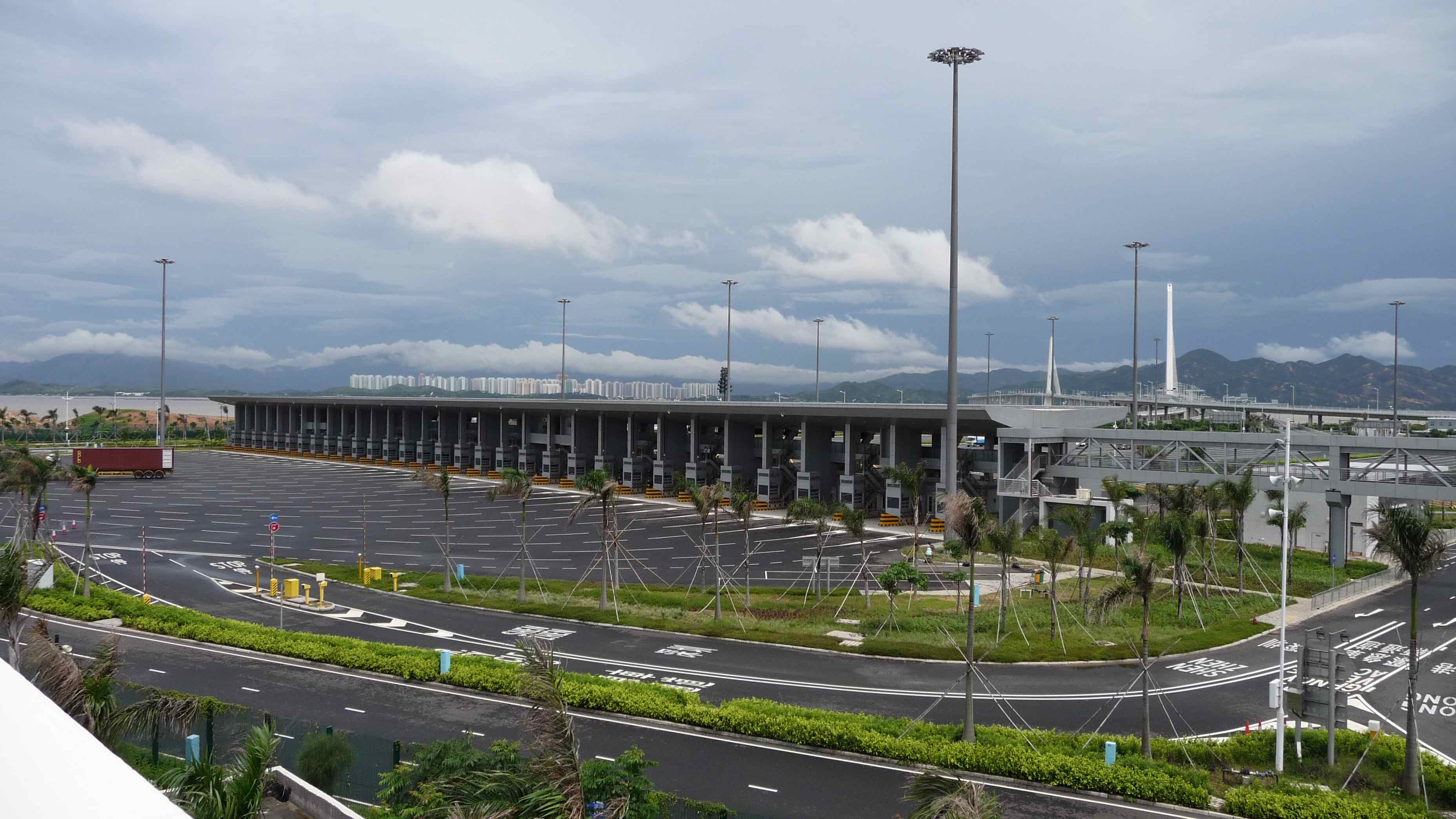
Shenzhen Bay Port. Image via Wikimedia
The most important thing to note when traveling to the HKSAR from the Chinese mainland and back again is that there is a quota on the number of people who can cross the different control points along the Hong Kong-Chinese mainland border.
Fifty thousand people per day can enter Hong Kong from the mainland control points (and vice-versa). However, this number does not include Hong Kong residents or Chinese nationals returning home from either side or private vehicles, trains and ferries, so making the quota shouldn’t be an issue.
Reserving Your Border Crossing Spot
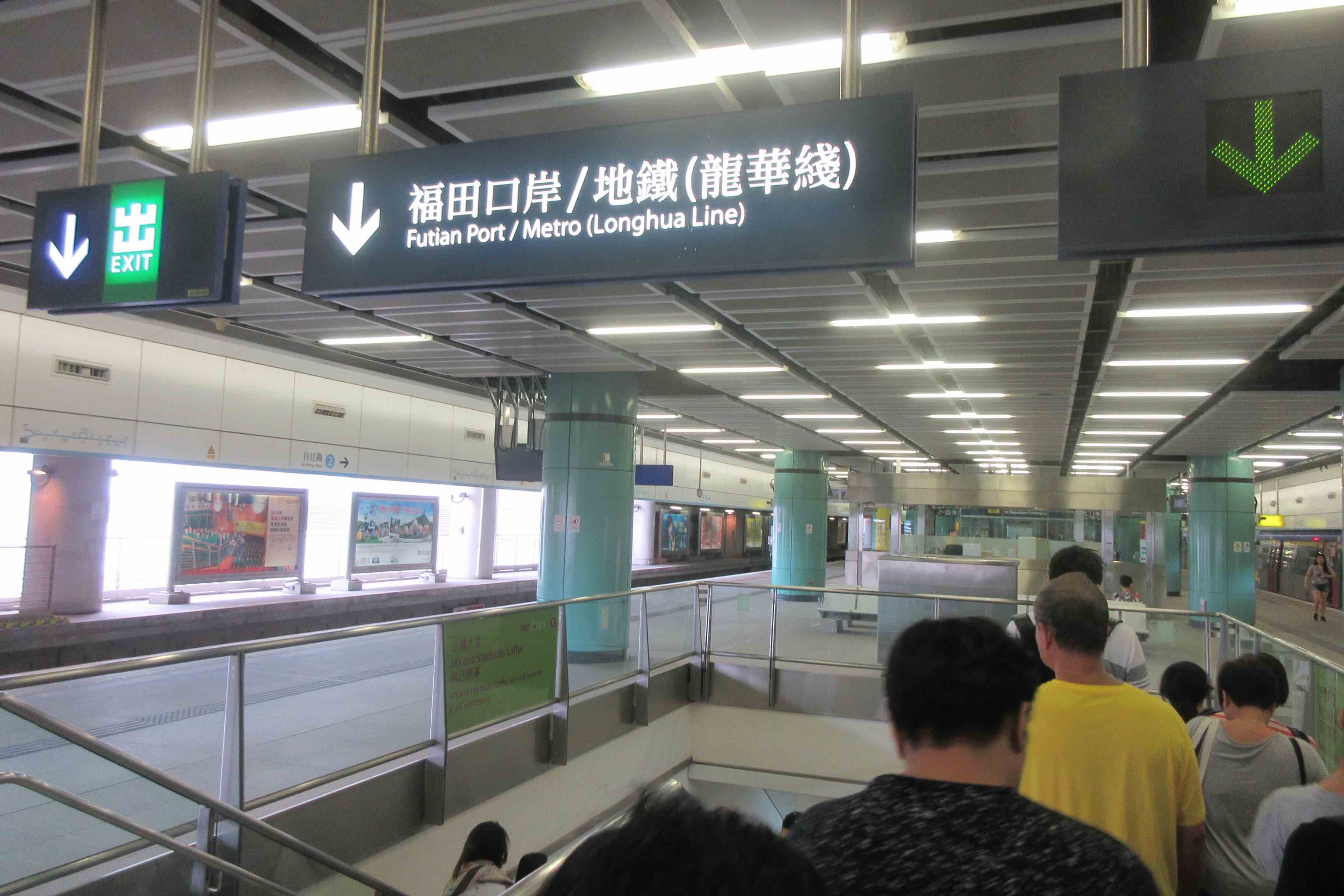
Image via Wikimedia
If you're not taking a train, ferry or plane directly in to Hong Kong, you need to reserve a time to cross the border. Do this first to avoid having to change your plans if you don’t get a slot on your preferred date.
For those crossing the border by foot (i.e not taking a train, ferry or plane directly in to Hong Kong), you will go to one of the various control points in Shenzhen or Zhuhai. These include Futian Port (福田口岸 in Shenzhen, Futian district), Shenzhen Bay Port (深圳湾口岸 in Shenzhen, Nanshan district), Man Kam To Control Point (文锦渡口岸in Shenzhen, Luohu district) and the Hong Kong-Zhuhai-Macao Bridge (in Zhuhai and Macao).
Crossing the above control points requires booking, which can be done via this website when entering Hong Kong and this website when entering the Chinese mainland.
Annoyingly, only the Hong Kong government website for entering the mainland is in English, so if you’re Mandarin isn’t up to scratch, you’ll need someone to help you book your spot to enter Hong Kong.
Things to note:
35,000 people can cross the Futian Port control point per day.
10,000 people can cross the Shenzhen Bay control point per day.
5,000 people can cross the Man Kam To control point per day.
1,000 people can cross Hong Kong-Zhuhai-Macao Bridge per day.
The system accepts bookings 24 hours a day. Bookings will be allocated on a first-come, first-served basis.
People aged 18 or above may use this booking system to cross the border. Applications for those under 18 years old have to be made by a parent or guardian.
If an applicant has already made a booking on or after the current day, the applicant will not be allowed to make another booking.
In addition to booking, persons departing Hong Kong or the mainland must obtain proof of a negative COVID-19 nucleic acid test result within 48 hours before crossing the border.
Mainland residents returning to the mainland from Hong Kong are not required to make a booking (and vice-versa).
If you are a non-mainland visitor of Hong Kong and wish to re-enter Hong Kong after your visit to the mainland, you should retain your current landing slip issued by the Hong Kong Immigration Department and present it to mainland authorities when you depart the mainland. Otherwise, you are required to apply for re-entering Hong Kong from the mainland.
For persons holding an Exit-entry Permit for Travelling to and from Hong Kong and Macao and a Hong Kong identity card concurrently, they can only use the same document for traveling between Hong Kong and the mainland and have to make the corresponding booking required.
Crossing the Border
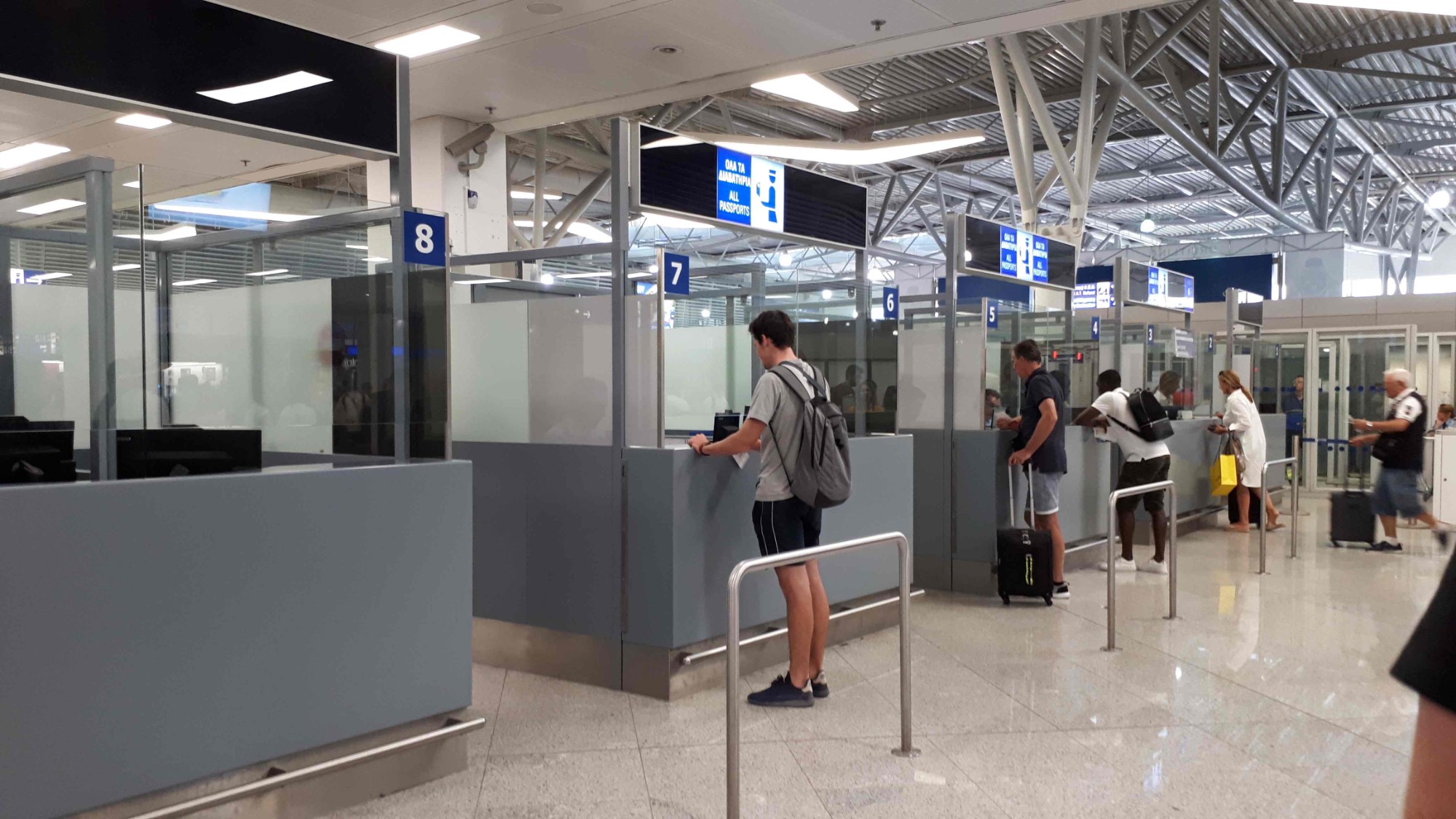
Image via Wikimedia
Once you’ve booked your spot to cross the border, you need to arrange your travel to the control point. For most people, this will probably involve heading to Shenzhen and then entering one of the control points in the city.
Once you enter the control point, you simply need to follow the signs marked ‘Foreigners.’ Before you go into passport control there will be a health declaration form you need to fill out (it’s impossible to miss, security will guide you to a large QR code that needs to be scanned).
All in all, this part is very easy but can take a while if you travel during peak times.
Traveling Abroad and Returning to The Chinese Mainland Via Hong Kong

Image via Wikimedia
Hong Kong is a popular point of departure/arrival for people on the mainland (especially those in Guangdong) who are heading abroad as flights tend to be significantly cheaper.
If you want to travel abroad via Hong Kong, you will of course first need to go to the SAR. One way we recommend doing this is by traveling to Shenzhen and then taking the ferry from Shenzhen Bay straight to Hong Kong International Airport. Not only will your luggage be checked in and put onboard the plane but transiting directly to the airport from Shenzhen doesn’t require a negative COVID-19 test. However, if you were to enter the city of Hong Kong and then travel to the airport yourself, you would need to get a COVID-19 test (and follow all the steps outlined above).
To purchase ferry tickets, search 招商蛇口邮轮母港 on WeChat.
When arriving in Hong Kong, you could take the ferry directly from the airport to Shenzhen, however returning to the mainland requires a 48-hour COVID-19 test. We would advise not taking the ferry on the way back unless a COVID-19 test in the country you’re visiting is cheaper than HKD500 (the price it costs to do one in the airport on arrival).
You might be asking why, so here’s an example. This month a member of the That’s team flew from Manchester, England to Hong Kong. If he were to take the ferry from the airport to Shenzhen, he would have had to pay over GBP80 for a COVID-19 test in England, roughly HKD800.
Instead, our colleague did a rapid antigen test (RAT) 24 hours before his flight to Hong Kong (as per HKSAR rules, see the picture below), booked a time slot to cross the border (following the steps outlined above) and paid HKD500 for a COVID-19 test that produced results within two hours in the airport. Once his result came out, he made his own way to the border control point. This method is more time-consuming but it does save a lot of money.
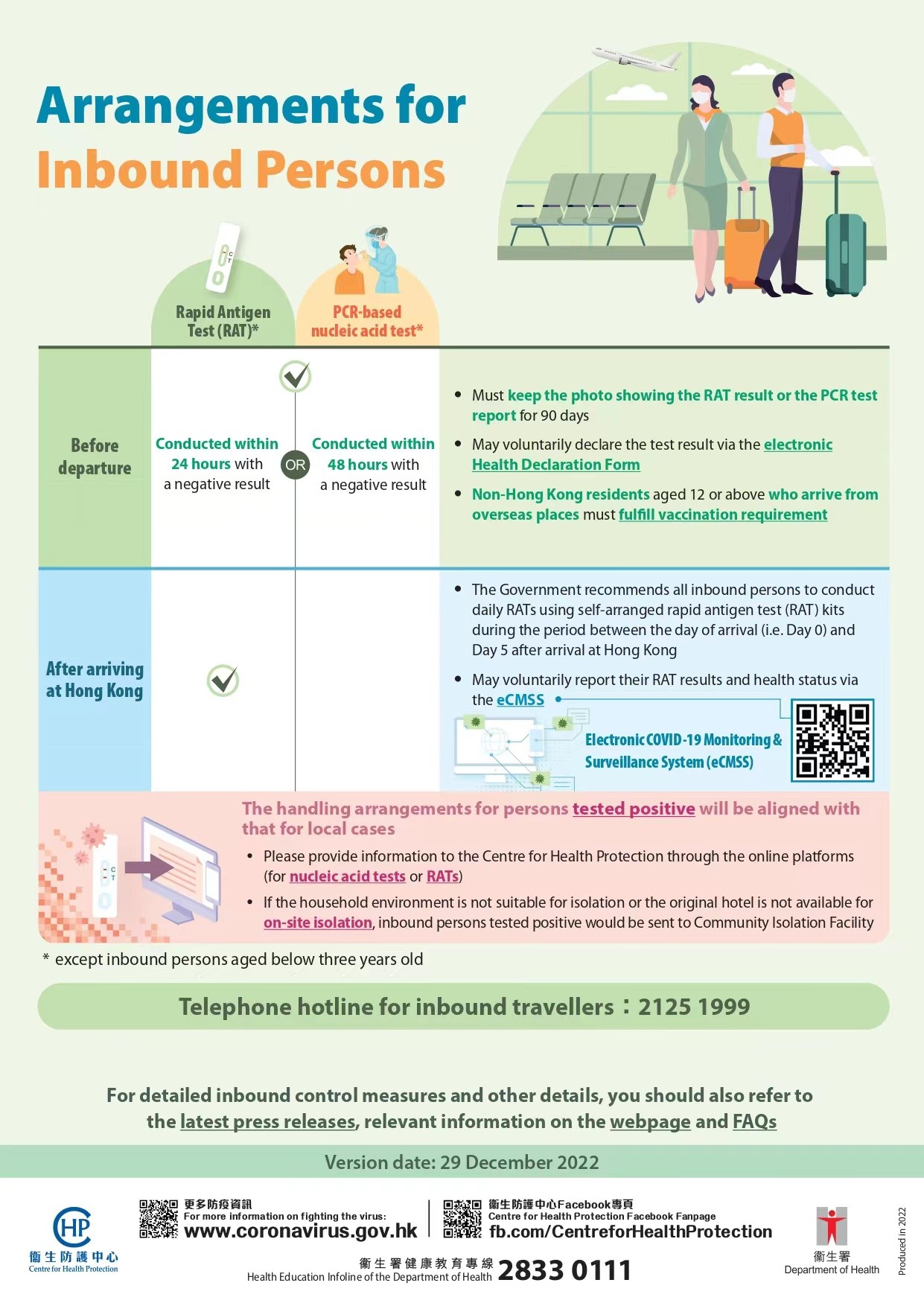
If you don’t want the stress of booking ferry tickets, COVID-19 tests and everything else, reach out to Ryan at Travel You. They will be able to advise you and help you book everything you need.
Scan the QR code on the picture below to contact Ryan.
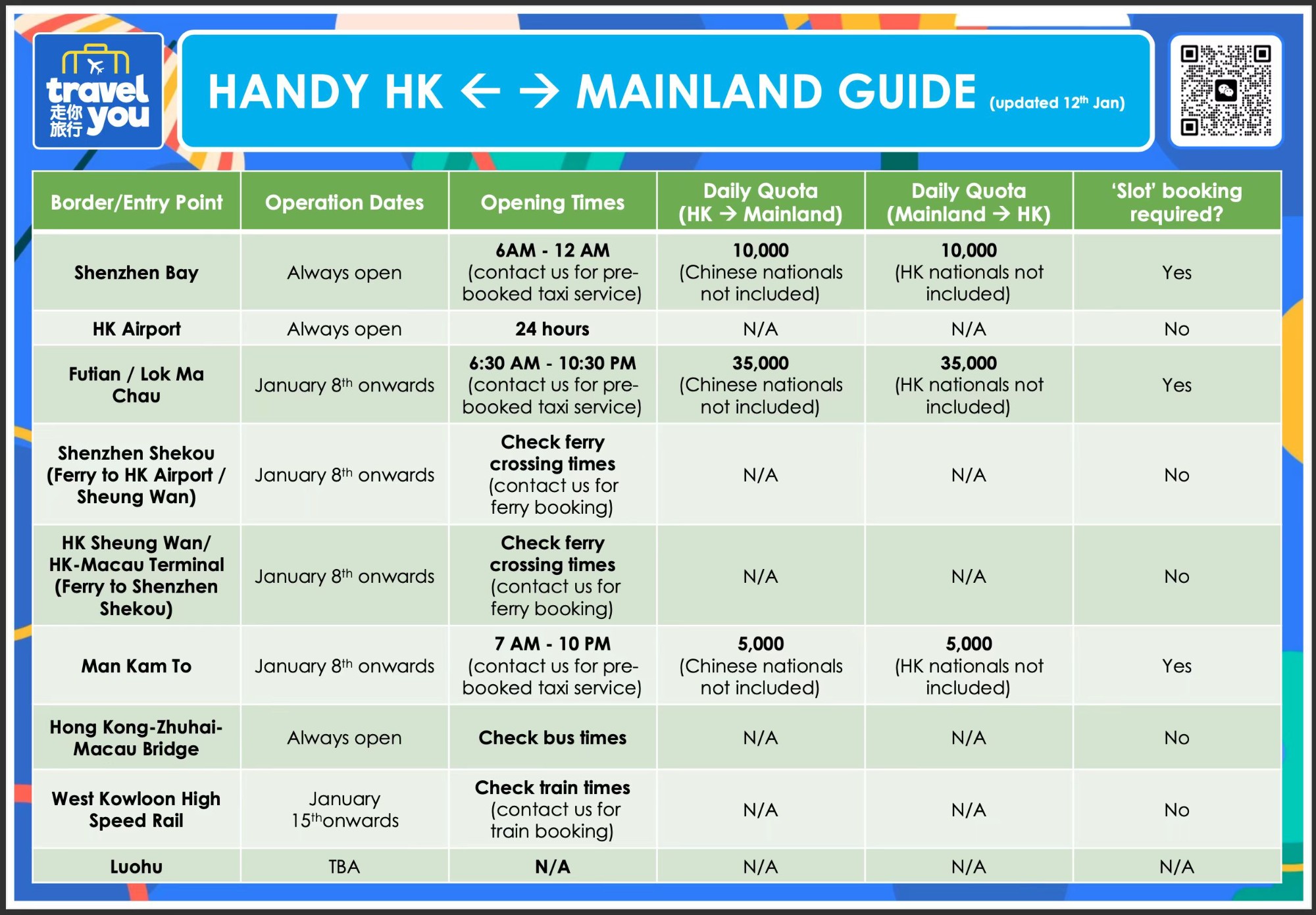
[Cover image via Wikipedia]





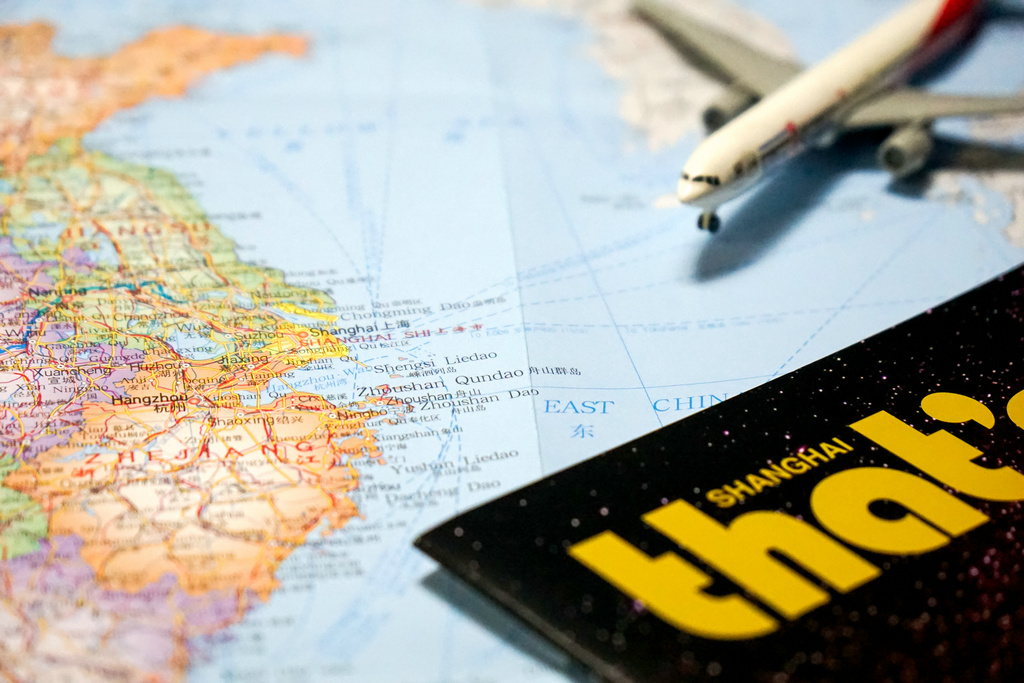
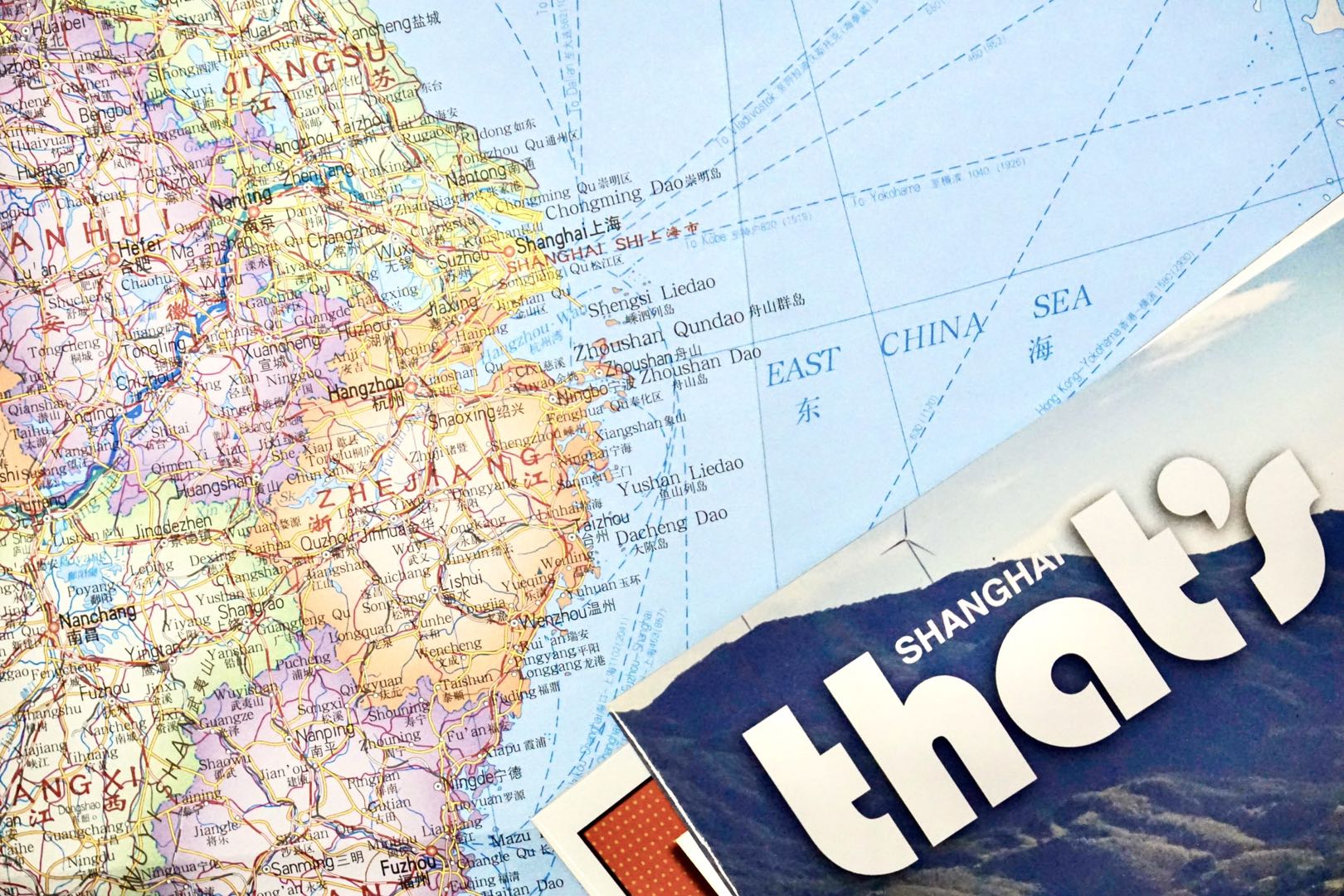
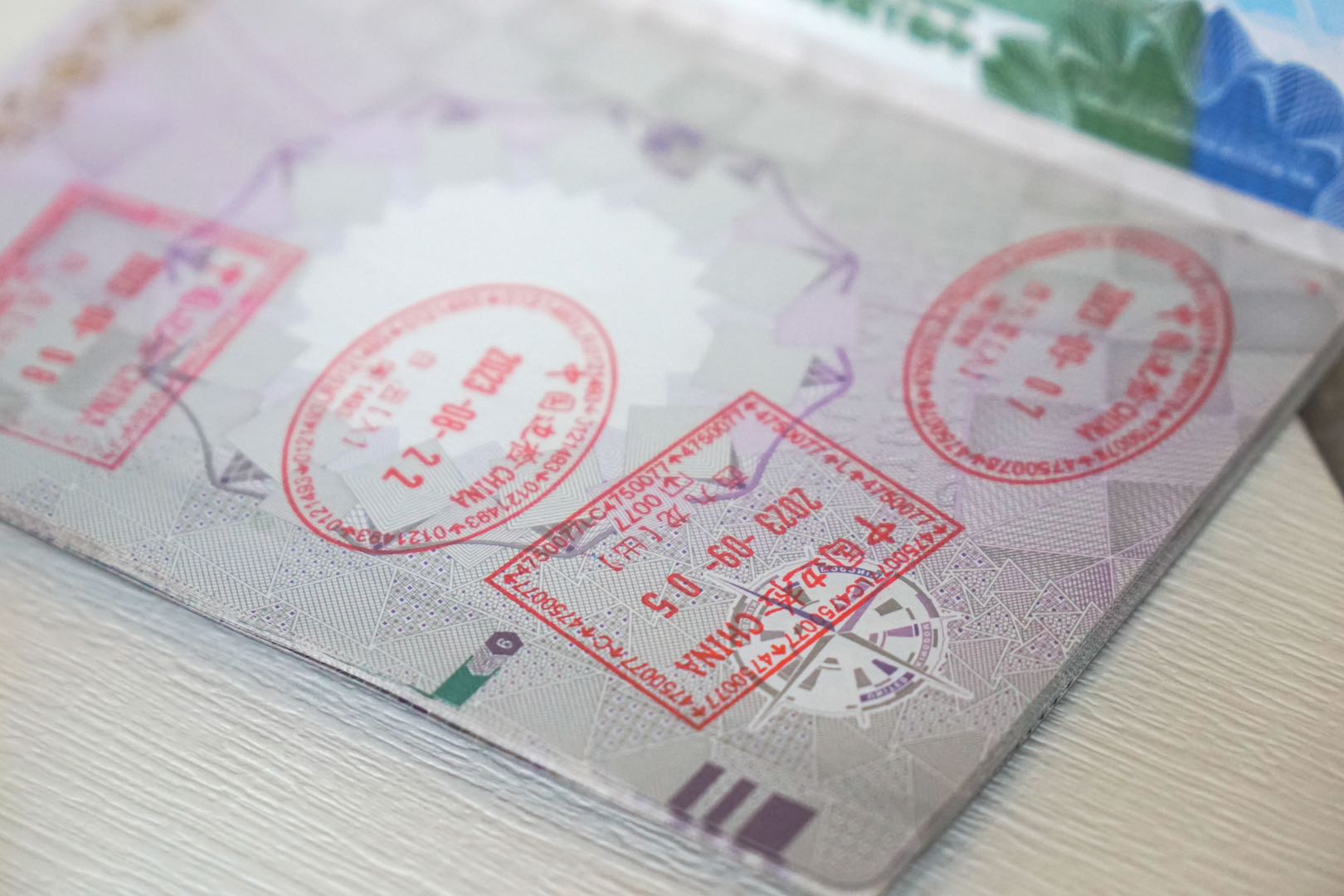














0 User Comments